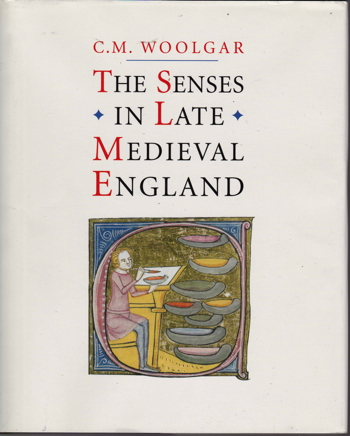Crucial to an understanding of life in the past is an appreciation of how individuals perceived their world. This book seeks to recreate and explain the physical environment of the later medieval period - the sights, noises, smells, tastes and feelings - and use this to imagine the kinds of lives lived by medieval men and women. Based on a wide range of documentary and fugitive sources, from saints' lives, collections of miracles, sermons and literary works, through to domestic financial records and the remains of buildings, the book reveals a physical experience very different from our own. Popular beliefs about the senses were closely intertwined with intellectual ideas about their operation. 'Stinking sin' and the 'odour of sanctity' are vestiges of a world that thought differently, and one in which the lustre of a colour might be more important than its hue, or moral qualities might attach to sound, be it the song of angels or the cachinnation of devils. As well as examining individual senses, the book considers how sensation functioned in practice, looking in detail at the households of bishops of the thirteenth and early fourteenth centuries, as well as those of the queens of late medieval England and the aristocracy at the end of the Middle Ages. Woolgar's deft and scrupulous text recovers an elusive and fascinating world. (Amazon)
Woolgar's insights into the medieval world and mind are of great value but this text also specifically examines in two chapters 'the households of the late medieval queens of England' and 'the great household at the end of the Middle Ages' giving a particular understanding of castles and palaces in the late medieval period.








